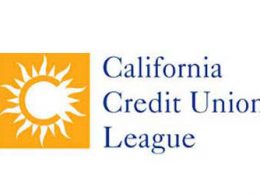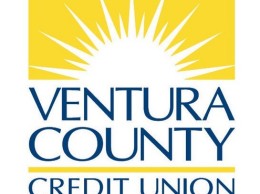The region’s credit unions, increasingly the go-to financial institutions for consumers, are seeing a broad-based surge in earnings and assets.
Out of the the five consumer credit unions based in the Tri-Counties, the largest three saw their earnings jump last year compared to 2011, while all five also saw their assets increase.
At Ventura County Credit Union, earnings increased 8 percent to $5.4 million last year. Assets at the Ventura-based lender climbed 5.4 percent to $624.7 million. But it’s the organization’s membership rolls that are swelling. CEO Joe Schroeder said Ventura County Credit Union is on pace to sign up 500 to 600 new members a month over the next year. It closed out 2012 with just over 58,000 members.
Schroeder said that while there’s some seasonality in the numbers — the first quarter of the year is typically the busiest for deposits — he expects the credit union to add about 6,000 new members this year.
Executives at the region’s other large credit unions say they’re seeing a similar surge. CEO Geri LaChance of SESLOC Federal Credit Union in San Luis Obispo said higher loan demand is driving asset and earnings growth at the 35,384-member organization, which saw profits soar to $4.5 million last year, up 400 percent compared to 2011.
“More people are choosing credit unions as their primary financial institutions. Deposits are coming in,” she said. “We’re also growing loans. Certainly consumer loans and residential real estate have been the two main areas [of growth] for us.”
Credit unions differ from banks in a number of ways. They are not-for-profit, member-owned organizations. Because they are cooperatives, credit unions are responsible to their members, who are both clients and shareholders, rather than outside investors.
That allows these organizations to be more risk-adverse, according to Schroeder, since there’s no outside shareholder pressure to boost profits. “Credit unions, by and large, never really got into the liar loans — we didn’t do the ‘if-you-have-a-pulse’ loans. With us you still need to have 20 percent down and a pretty good FICA score.”
That means most credit unions didn’t feel the real estate meltdown nearly as acutely as banks, many of which took massive write-offs on housing-related loans.
Mortgage and car loans have been the primary drivers of new loan demand at SESLOC over the last few months, said LaChance. Her credit union’s assets have increased more than 3 percent to $600 million since September 2012.
The organization is building a new 40,000-square-foot headquarters and branch in San Luis Obispo to house its growing work force.
At Lompoc-based CoastHills Federal Credit Union, earnings last year soared 400 percent to $5.5 million and assets increased 4.2 percent to $706 million between the third quarter of 2012 and March.
CoastHills has 58,557 members and is the largest credit union in the Tri-Counties, as ranked by assets. If it were ranked against the 13 community banks in the region, CoastHills would be the fourth-largest lender, followed by Ventura County Credit Union and SESLOC.
York said credit unions are in some cases displacing banks in as the primary consumer financial institution. “We were the No. 1 auto loaner [on the Central Coast] last year. In Santa Barbara and Ventura Counties, we were one of the top [Small Business Administration] lenders,” he said. “We continued to loan through the recession.”
York said a broader economic recovery appears to be taking hold. “I can say that by looking at a couple of things,” he said. “People are borrowing more. And people are paying their bills more; there are fewer delinquencies.”
Nationwide, credit unions are seeing all-time-high earnings, according to the National Credit Union Administration, the federal agency that oversees such lenders. U.S. credit unions last year had total earnings of $8.5 billion, the highest ever for the industry, according to the NCUA. “Credit unions had a pivotal year in 2012,” NCUA Board Chairman Debbie Matz said in a news release.
“The industry generated record earnings; assets crossed the $1 trillion mark; and membership grew by more than 2 million. The industry net worth ratio rose to 10.44 percent, and delinquencies fell again,” she said.
Credit union lending grew by 4.6 percent, she said. “But because of today’s low interest rates, we also continue to keep a close eye on fixed-rate mortgages, which remain elevated as a share of assets and could pose a long-term risk for the industry.”






 Print
Print Email
Email
















